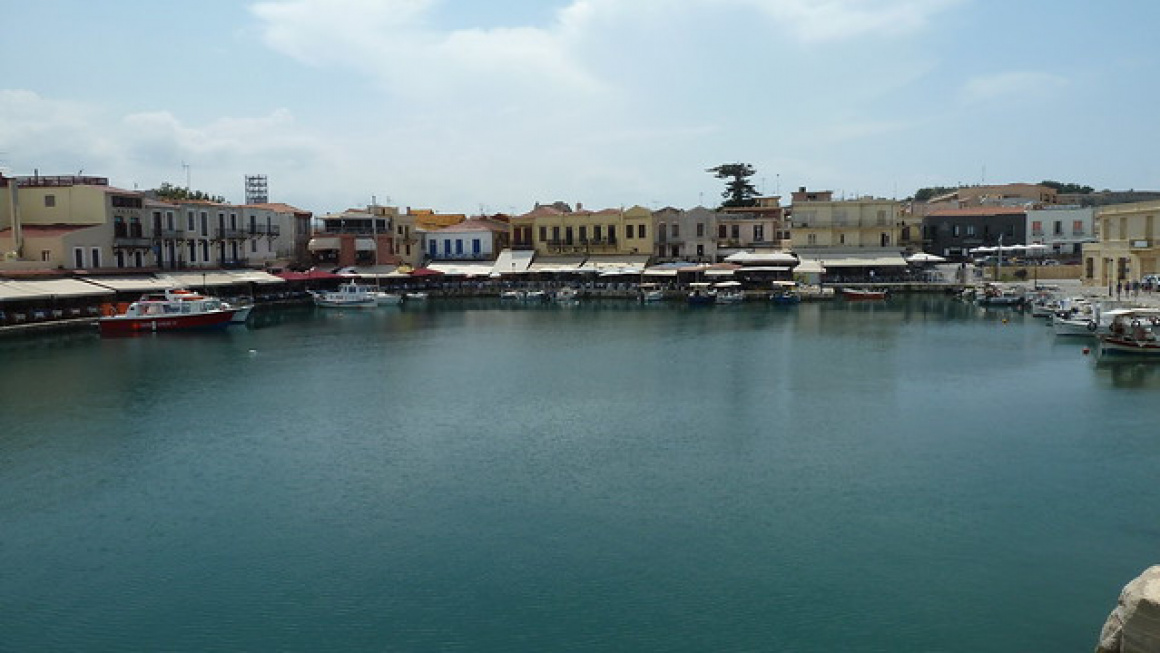A Walk Back in Time
The aroma of fresh-baked bread and the sound of church bells welcome me to Rethymno on a bright morning. This town is smaller than Chania but equally enchanting – a place where I feel the Renaissance still lingers. I begin my stroll at the Venetian Loggia, an elegant 16th-century stone building that once hosted nobles and today houses a little museum shop. From there, a narrow alley leads me to the iconic Rimondi Fountain, where crystal-clear water still pours from the mouths of three stone lions since 1626. In the heart of Rethymno Old Town, history isn't locked behind glass; it's in the sandstone Venetian doorframes now fronting artisans' boutiques, and in the Ottoman-era wooden balconies that overhang lanes full of bougainvillea. I run my hand along a centuries-old wall as I walk, feeling the layers of conquerors and cultures – the Latin inscription of a Venetian palace here, the swirling Arabic script above an old doorway there. Every corner of Rethymno exudes a gentle nobility, softened by time and the Cretan sun.
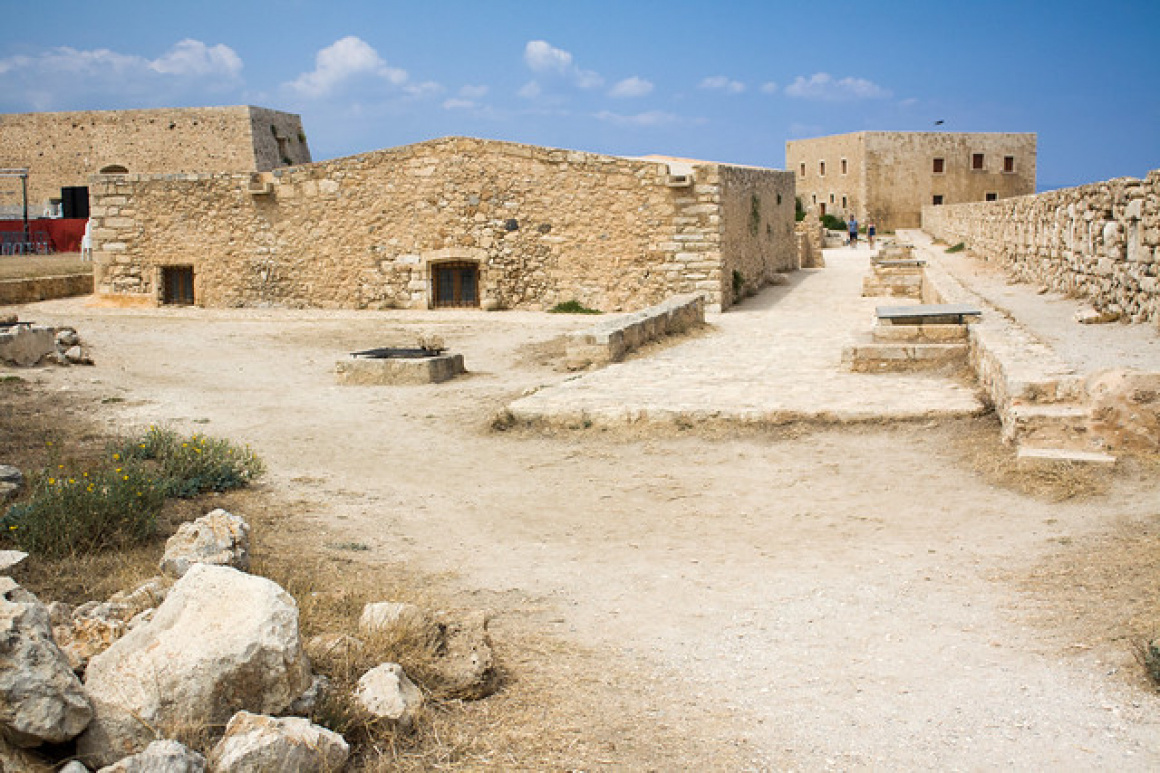
 'Rethymno' - Attribution: Shadowgate
'Rethymno' - Attribution: ShadowgateThe Mighty Fortezza
Above the tiled rooftops rises Rethymno's crown jewel – the Fortezza Fortress. I like to visit in late afternoon, when the golden light makes the fortress glow and the sea breeze offers relief from the heat. Built by the Venetians between 1573 and 1580 after a notorious pirate raid, the Fortezza was intended to encircle the entire town as protection. Its massive bastions and thick walls speak to the urgency of those times – indeed, in 1646 the Ottomans laid siege and eventually captured the city and its fortress. Walking through the gates today, I'm struck by the scale: there are ruined storerooms, a restored church that was once a mosque, and ramparts with canons pointing out to sea. From the highest points, the panorama is breathtaking – the Aegean Sea stretching endlessly to the north, and the red-tiled old town of Rethymno unfolding below, with its blend of minarets and bell towers. I often pause here to imagine the scenes this citadel has witnessed: a town huddled within during the Ottoman assault, or perhaps an anxious Venetian governor scanning the horizon for pirate sails. Now it's peace and tranquillity, with only the cries of seagulls and the laughter of visitors echoing within the stone walls.
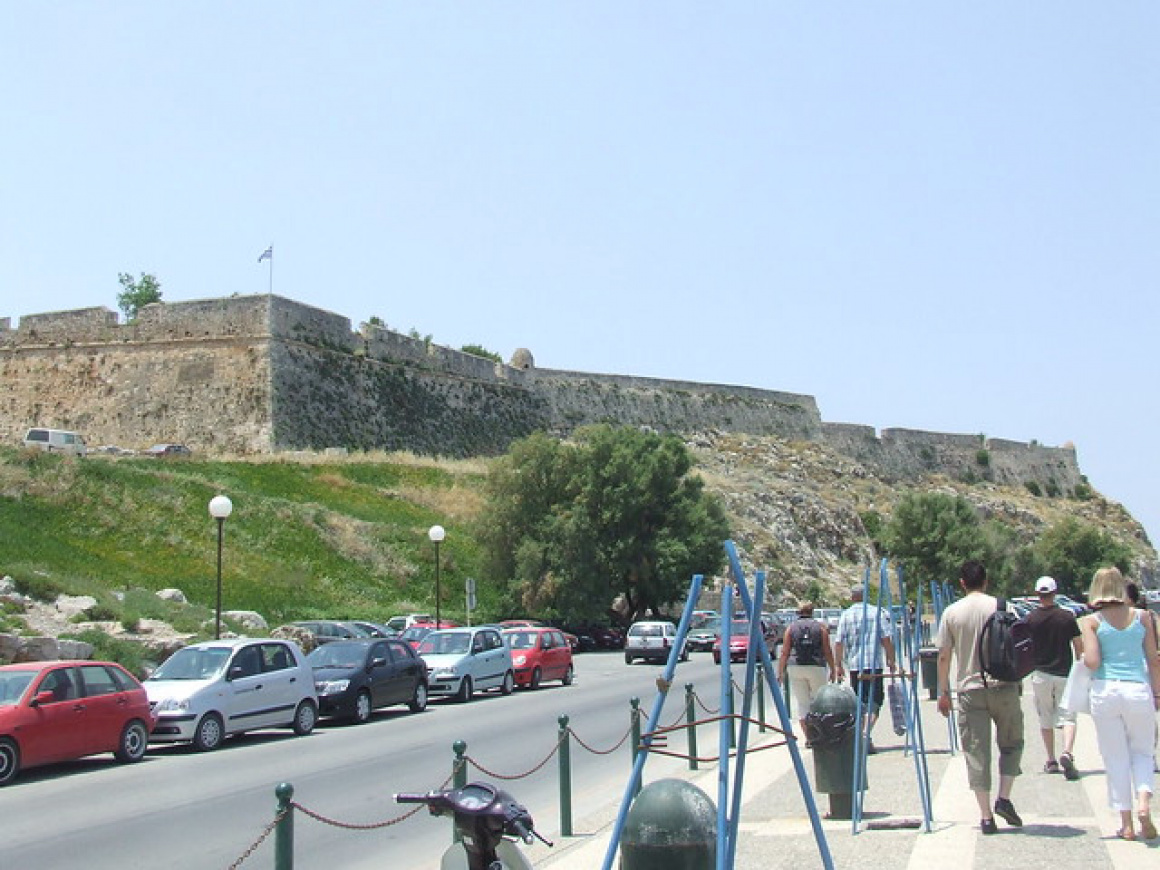
 'Rethymno crete 026' - Attribution: Britrob
'Rethymno crete 026' - Attribution: BritrobCharming Alleys and Cultural Gems
Back in the mazy lanes, I explore the Guora Gate – the sole surviving gate of the old city walls – which now opens into Rethymno's buzzing market street. Here you can pick up local cheeses, herbs, and handcrafted goods. Despite being a living town, Rethymno feels like an open-air museum of Venetian and Ottoman history. The Neratze Mosque is one example: originally a Venetian church, converted into a mosque by the Ottomans, it now serves as a music conservatory. Its tall minaret pierces the sky, and you might hear piano notes or violin practice wafting from within, a beautiful melding of past and present. Not far is the Church of Four Martyrs on a leafy square – another testament to the town's enduring faith and community. If you're interested in Crete's folk traditions, the Historical and Folklore Museum tucked in a Venetian townhouse showcases weaving, pottery, and traditional costumes; stepping inside feels like entering my grandmother's attic, full of stories.
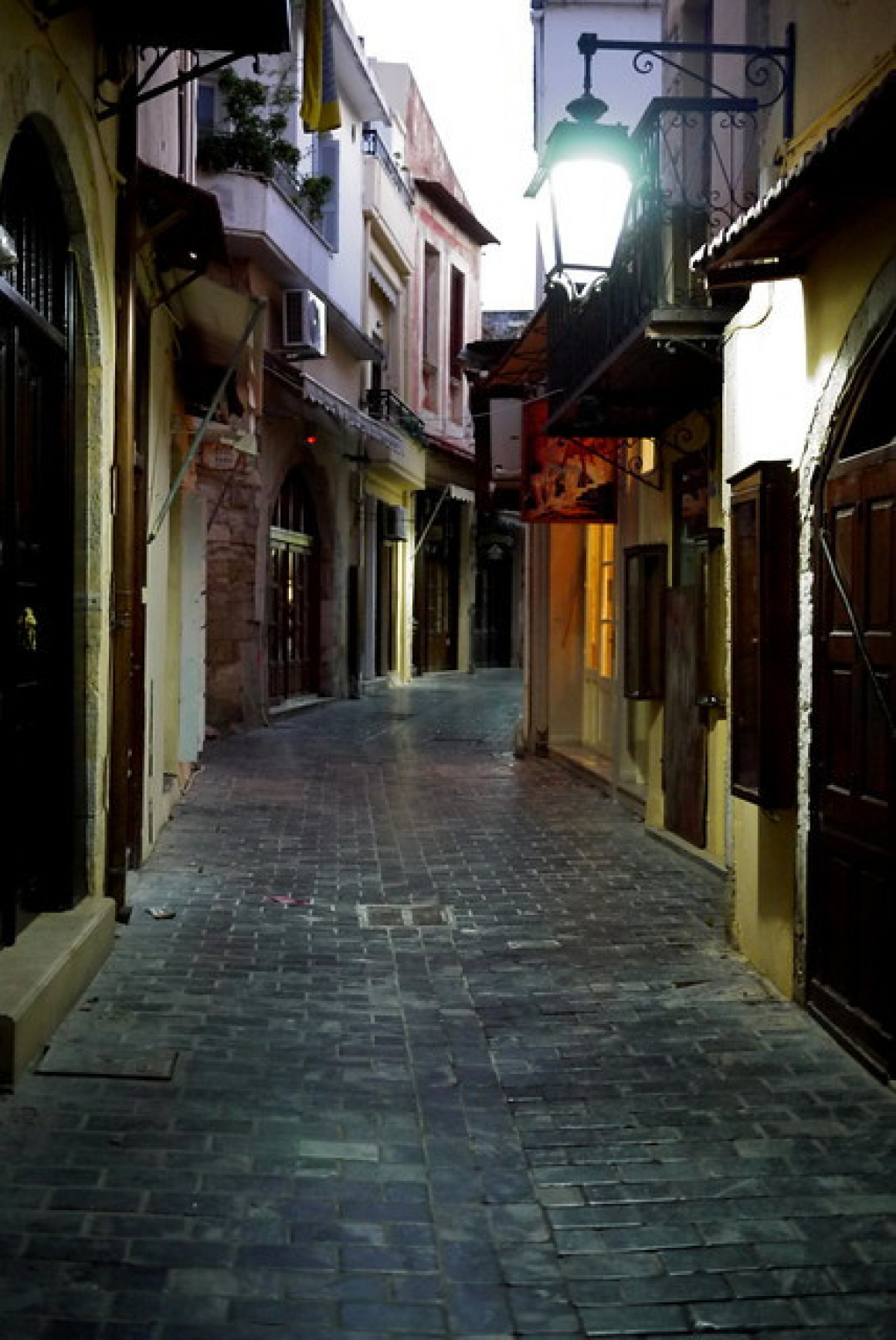
 '8131' - Attribution: Panegyrics of Granovetter
'8131' - Attribution: Panegyrics of GranovetterSeaside Promenade
One of my rituals is an evening walk along Rethymno's seafront. The town's small Venetian Harbour comes alive at dusk. Fishermen unload the day's catch for the harbourside tavernas, which start grilling fresh octopus and snapper right by the water. You'll see the 13th-century Venetian mole (breakwater) that protects the harbour, and at its end, a quaint lighthouse stands guard. It's a lovely spot to sit on the harbour's stone steps, licking an ice cream from Meli as the sky turns pink. Beyond the old harbour extends the long stretch of Rethymno Beach, a ribbon of golden sand lined with a seaside road. This is where locals do their volta (evening stroll) and runners jog by at sunrise. The beach is fully organised with sunbeds and cafes – conveniently close when you need a break from history. I often tell visitors: in Rethymno you can sunbathe and swim in the morning, then by afternoon be roaming a 16th-century fortress – all within a few minutes' walk.
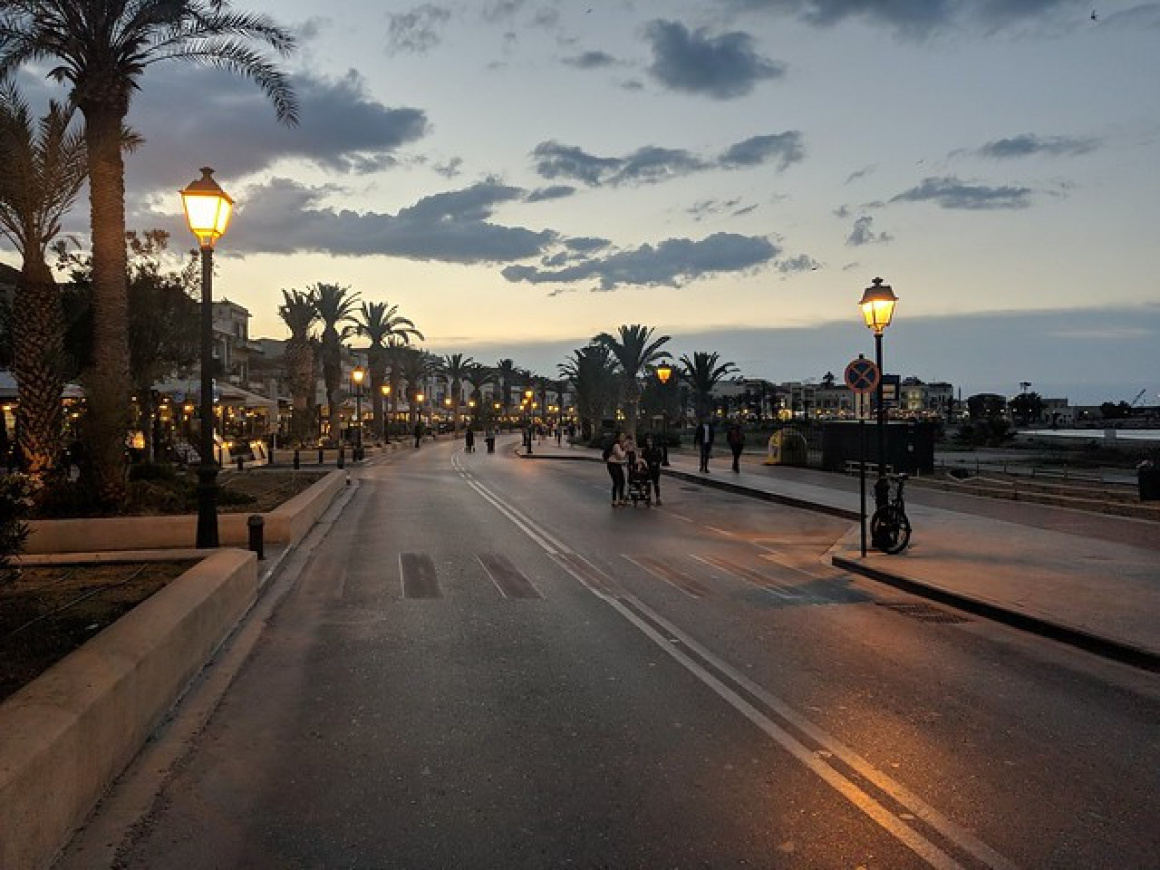
 'Rethymno' - Attribution: Stavros Filippakis
'Rethymno' - Attribution: Stavros FilippakisPractical Tips
Rethymno sits roughly halfway between Chania City and Heraklion City, making it an easy stop if exploring Crete's north coast. Buses connect the cities frequently. If driving, note that parking in the old town is scarce; leave your car in the public lots by the marina or city park and enjoy exploring on foot. The old town is mostly flat and pedestrian-friendly (ladies, maybe skip the high heels on the cobblestones!). The best time to visit Fortezza is early or late in the day for cooler temperatures and fewer crowds – plus you'll catch better photos with that soft light. Many museums and the fortress close by early evening, so plan those in the morning or midday, and save your evenings for leisurely dining. Rethymno has a reputation for excellent food – try a family-run taverna like To Pigadi (set in an old well courtyard) for delicious Cretan mezzedes, or Avli for a more upscale dinner in a floral patio that embodies romance. And if you're here in July, don't miss the Renaissance Festival held within the Fortezza, where music and theater performances bring history to life under the stars.
Where to Stay in Rethymno
- Avli Boutique Hotel – A collection of Venetian stone houses lovingly restored into an intimate hotel. Each suite is unique, blending modern luxury with historical features like stone arches and antique decor. Avli's fragrant courtyard (where an amazing breakfast is served) and its attached acclaimed restaurant make it a food lover's dream. Staying here feels like being the personal guest of a Rethymniot noble family.
- Rimondi Boutique Hotels – Nestled in the old town, Rimondi is actually two adjacent complexes (Estate and Palazzo) that offer an oasis-like retreat. Think elegant rooms with high ceilings, a petite swimming pool to cool off in the heat of day, and spa services available. Despite the historic setting – one building dates to the Venetian era – the amenities are thoroughly modern. A perfect hideaway for honeymooners or anyone craving tranquility steps from the action.
- Pepi Boutique Hotel – A charming adults-only hotel set in a renovated old building right in the pedestrian heart of Rethymno. It's budget-friendly yet full of character: rooms have rustic-chic touches and there’s a small courtyard with a pool fringed by citrus trees. With the cafes and shops of Rethymno at your doorstep, Pepi's location is unbeatable for immersing yourself in local life.

